How Much Does a White Dress Shirt Cost
Often, people do not understand why one cotton shirt cost so much more than another cotton shirt. Just like the quality and price can range considerably when it comes to cotton fabric, the construction of a shirt also has an enormous impact on its price. Today, we discuss the differences in the construction of shirts and how you can spot a quality shirt in the sea of mediocre or bad shirts. As an example, we chose a $30 vs. $300 shirt, but you may find many hallmarks of a $30 shirt in a $60 shirt or the same in a $150 in a $300 shirt, because of the fabric as well as different brand markups.
That being said, certain construction details are so expensive that they will never be used with inexpensive fabrics because it would not make sense to offer that. So without further ado:
So first of all, whenever you buy a shirt, it's important to understand the difference between a bespoke shirt, a made to measure shirt, and a ready to wear shirt. Bespoke means the shirt is made for you based on a pattern by one person for you. Made to measure means an existing pattern is modified, and ready to wear just means off-the-rack.
Bespoke means the shirt is made for you based on a pattern by one person for you. Made to measure means an existing pattern is modified, and ready to wear just means off-the-rack.
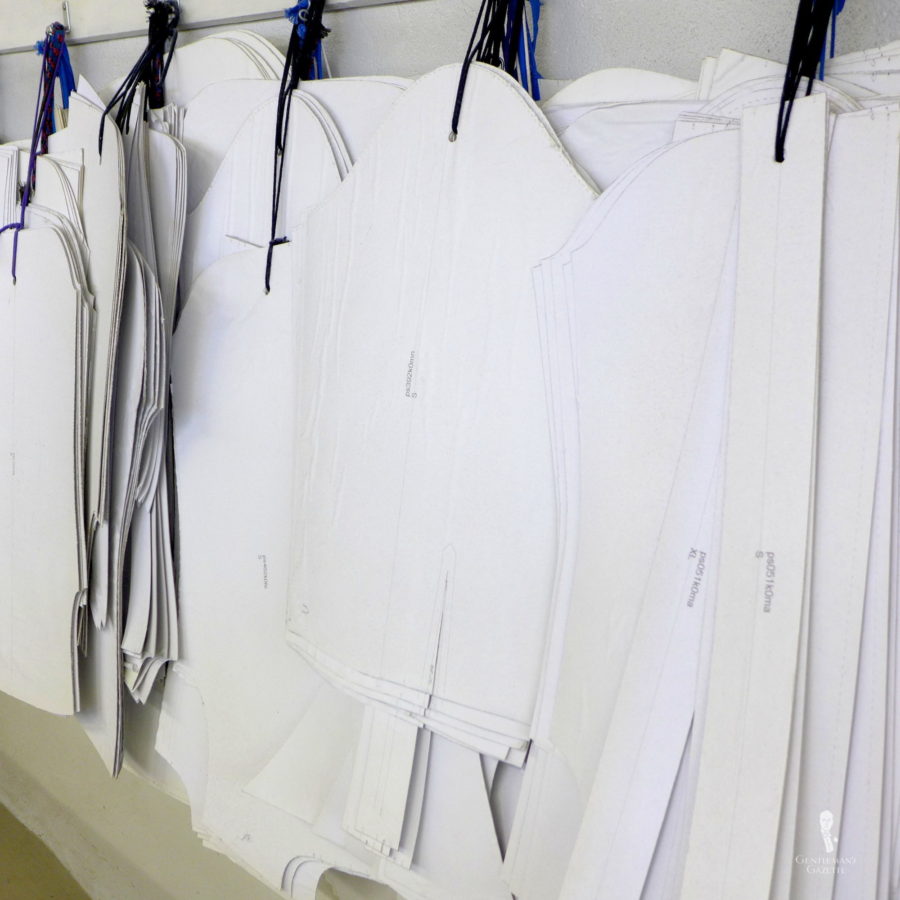
Quality Hallmarks of a Dress Shirt
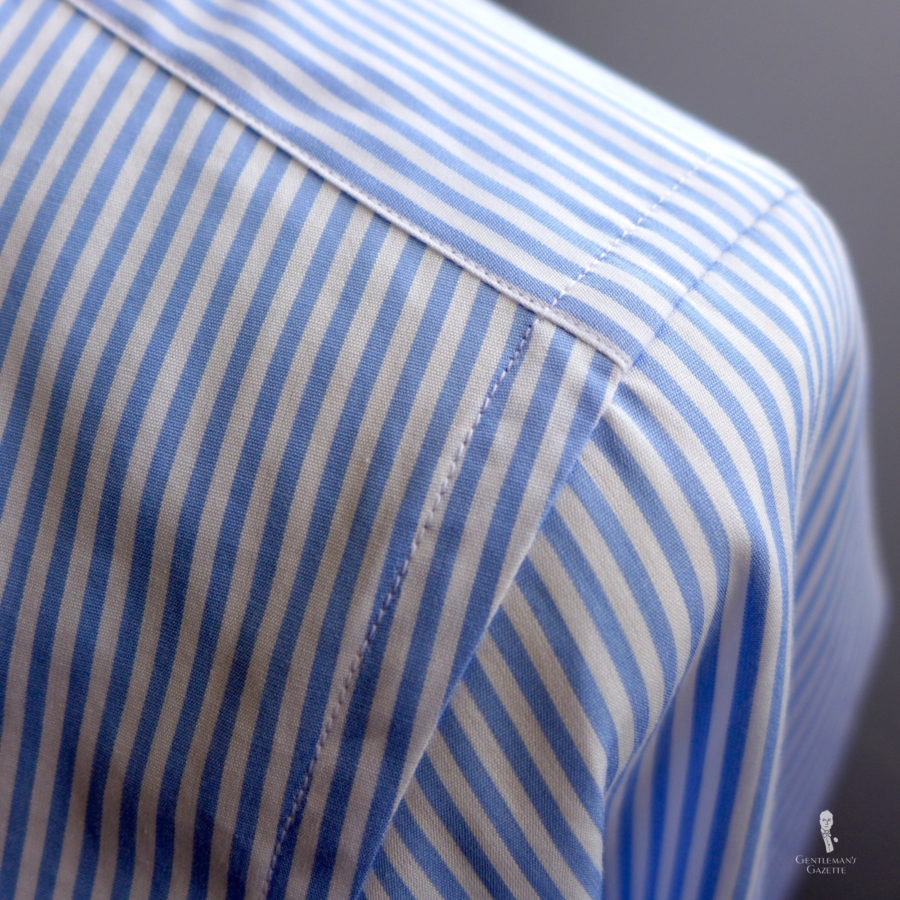
1. Pattern
The first thing to look at when you want to distinguish a good shirt from a bad one is how the patterns were matched. Now if you have a solid shirt, you cannot do that, but if you have a checked or striped shirt, you can do that perfectly. First of all, if the pattern is matched on the sleeve and the shoulder on both sides, you know it's a quality shirt because someone paid attention to it and they went to the lengths to match the pattern. Therefore you can assume that the rest of the shirt is also of a higher standard.
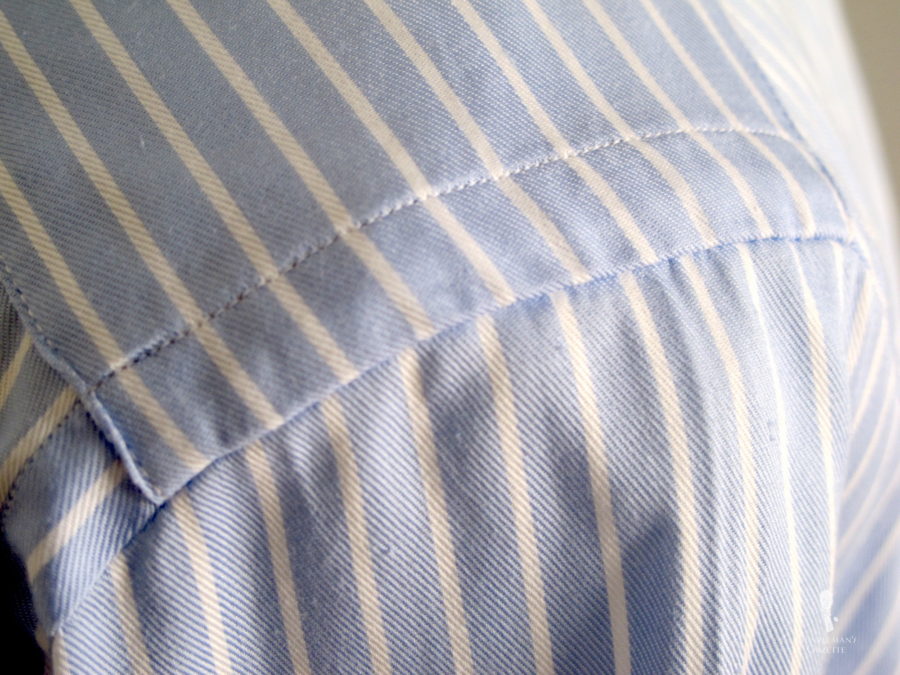
Other areas you want your shirts to match is the front placket especially if you have an American or classic placket. Another area could be the yoke in the back; if all these areas are matched, you know it's likely a high-quality shirt.
Now, on the other hand, you cannot see pattern matching and still get a quite decent shirt, but it's just easier to identify a shirt as being a high-end shirt if the pattern matches.
-
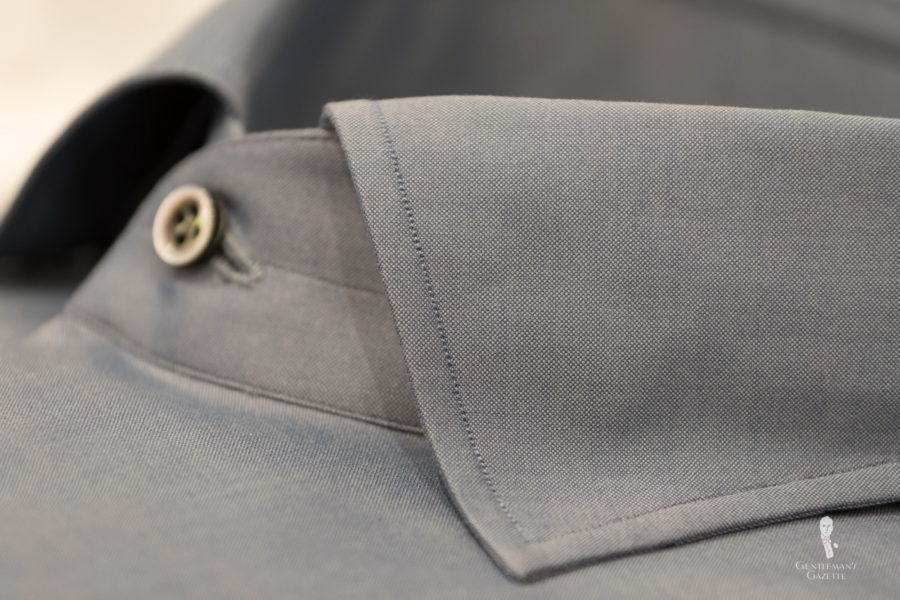
10 stitches per cm – high stitch density -
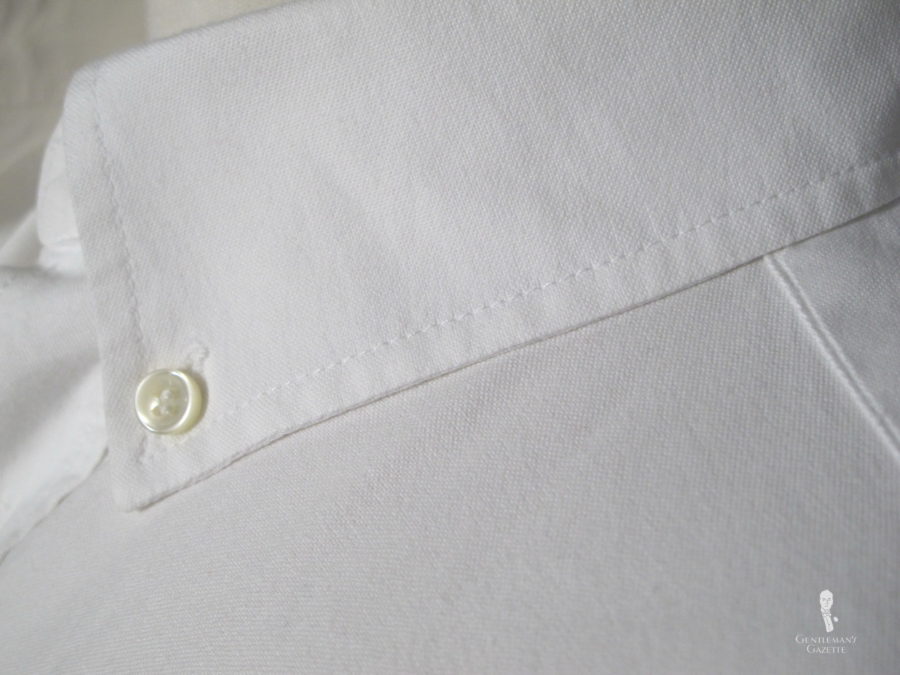
Low stitch density – 4 per cm
2. Stitching & Stitch Density
A lower end shirt has about 3-4 stitches per cm whereas a higher end shirt will have about 8 -10 stitches per cm. If anyone claims their shirt has more than 10 stitches per cm, it is probably a lie because not only is that the maximum right now, but more would also be more likely to damage the fabric. Though in general one can say: the higher the stitch density, the higher the quality of the shirt overall.
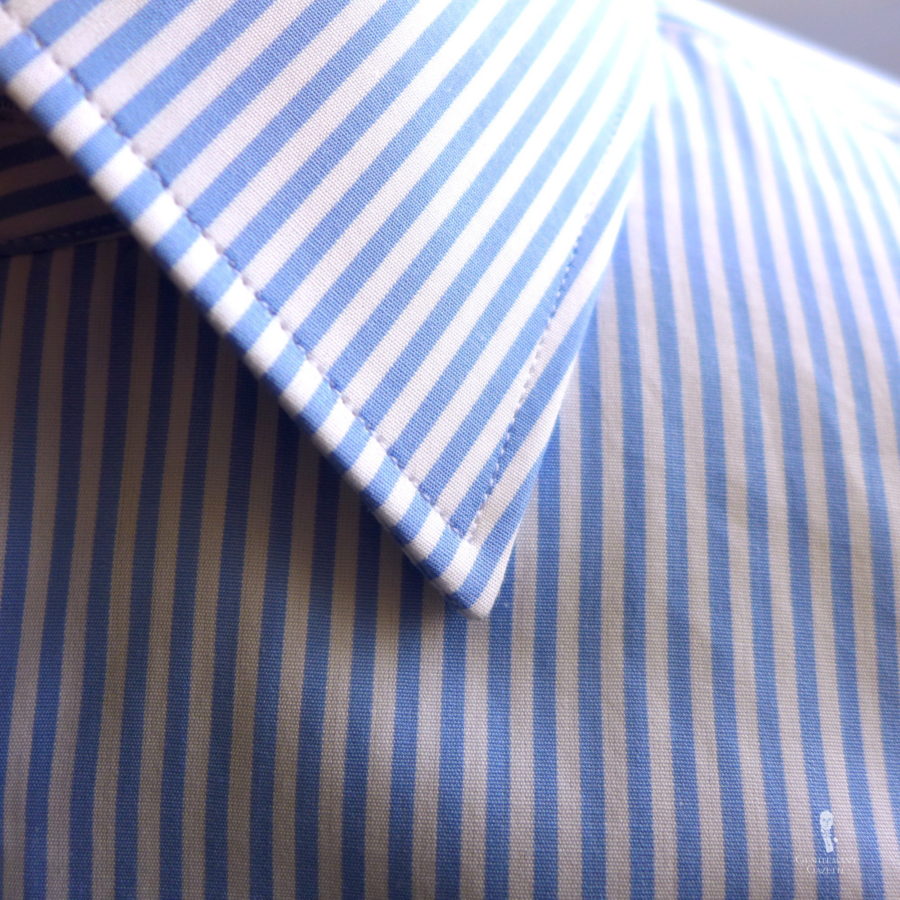
The only time a high stitch density of 8-10 stitches is not desirable with a very airy, lightweight, open weave summer fabric because then the high stitch density can destroy the fabric.
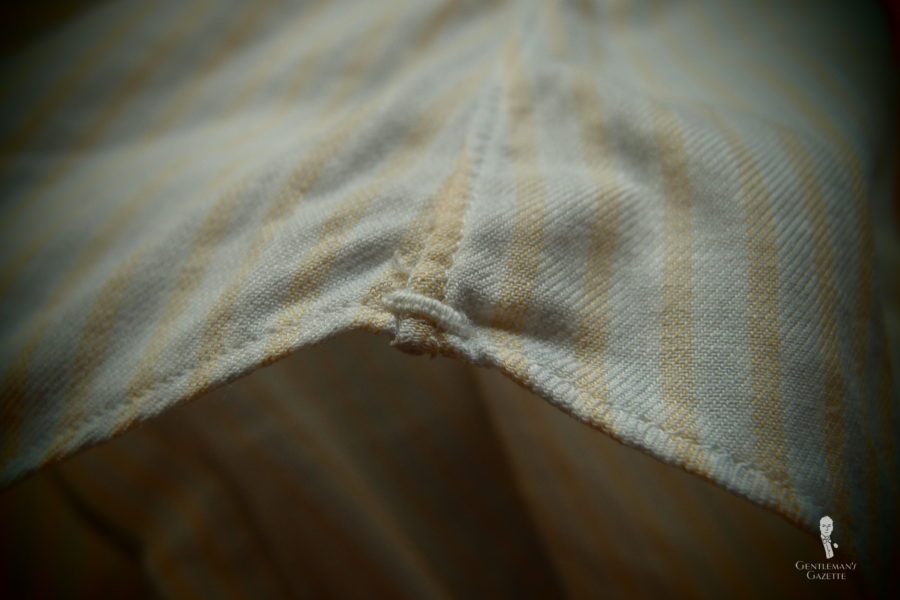
Also, you want to look for consistency of the stitching. The best way to look at the stitching is at the bottom hem where it's round. If you see a consistent distance from the edge and it's all very neat, chances are, the rest of the shirt is neatly stitched and have good quality. If you see wavy lines or varying stitch densities, you know that the sewer is maybe not an expert.
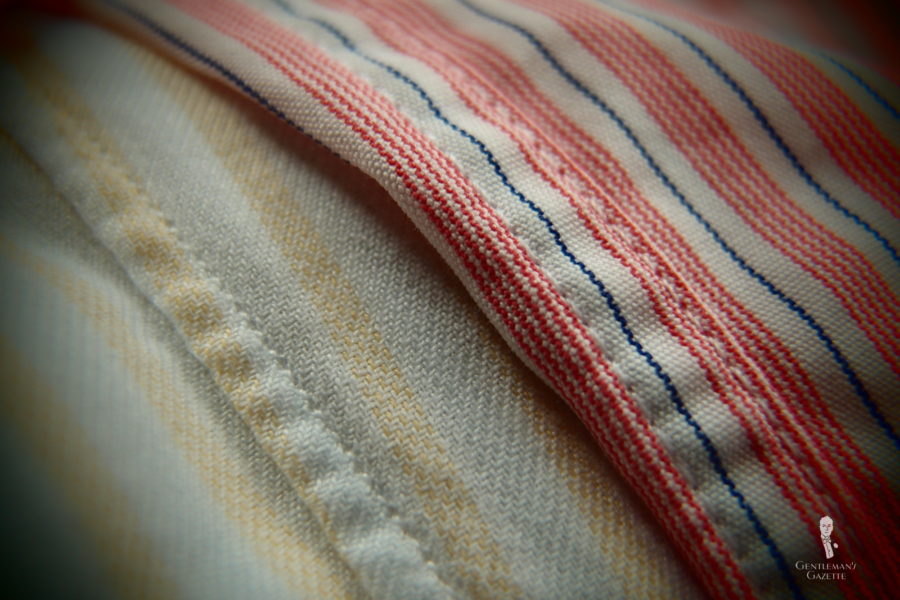
A quality shirt will always have a single needle stitching which takes a little more time but creates a cleaner look. On the other hand, a low-end shirt will have double needle stitching which means you can see two rows of visible stitching and because of the different material of the fabric and the yarn, you will end up with puckering after a few times of wash; that looks not quite as nice, and it's a hallmark of a low-end shirt.
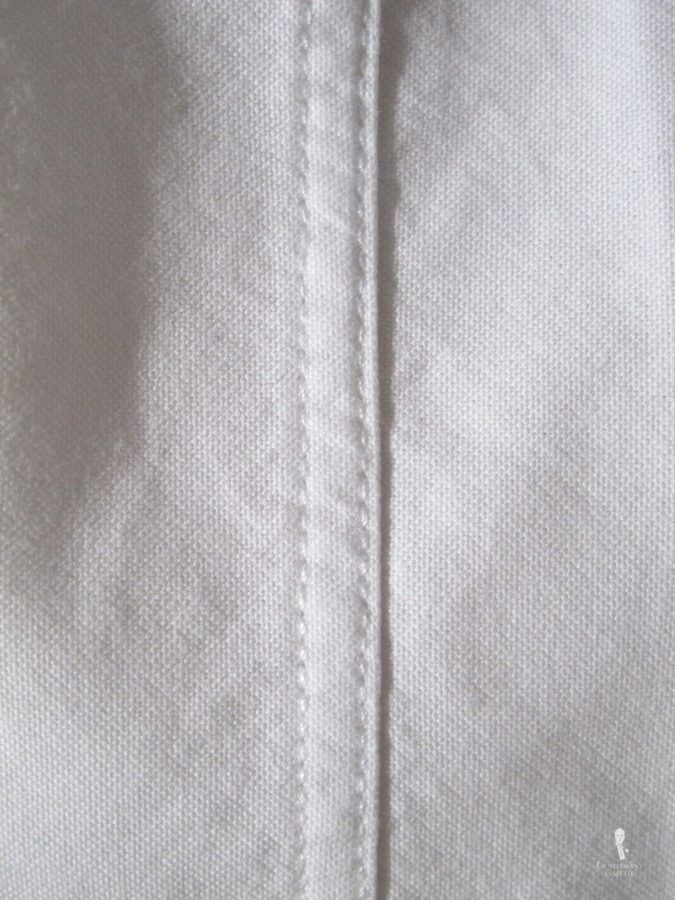
3. Collar & Cuffs
It goes without saying that you want to choose a collar that flatters your face. If you have an oval face, go with something spread; if you have a wide face, go with something less spread, more classic. To learn more about the collar and cuff styles, check out our shirt style guide.
A lower end shirt will typically have a stiff, glued interlining in the collar and it just comes in one level of stiffness. On the other hand, a higher end shirt will either give you an option to go with a softer interlining or something stiffer. The interlining will also be of higher quality so even if it's stiffer, it just feels more comfortable on your skin. On top of that, you can find shirts that are completely unlined, there's no interlining in there, nothing's glued, and it takes more time and is more expensive to produce. Therefore, it's not done on lower end shirts.
On lower end shirt, that interlining will come loose and result in blisters over time, which is a true hallmark of a cheap shirt. At that point, the collar and cuffs have to be exchanged, or the shirt must be discarded.

So if you have a soft collar and you can easily move the inside fabric and the outside fabric freely, it means it's an unfused collar, and it's of a higher quality. Now, you can also have high quality fused collars, but you just won't find unfused collar in a $30 low-end shirt.
Personally, for most dress shirts, I prefer a higher end interlining because it just provides a crisper look without compromising comfort. For a more casual shirt, I go with an unlined construction. The unlined ones are a little more tricky to iron. If you're not quite comfortable with ironing, skip the unfused collars and cuffs because they're going to be a pain in the ass.
Unlined collars and cuffs are a little more tricky to iron because they easily wrinkle if you don't have your ironing technique down. Also, the dry cleaners often get it wrong if they press the shirt. So, if you're not quite comfortable with ironing or if you do not have an expert dry cleaner, skip the unfused collars and cuffs because they're going to be a constant source of frustration.
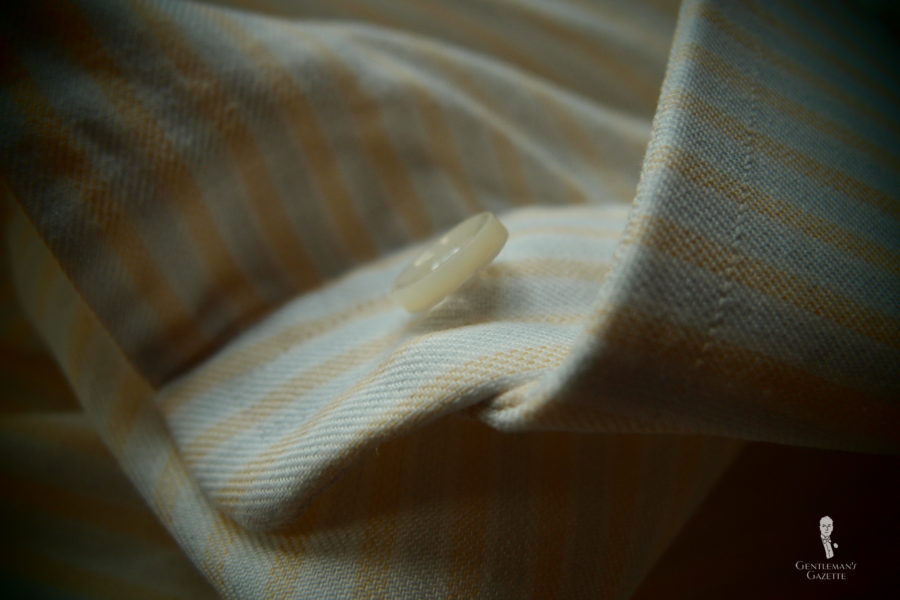
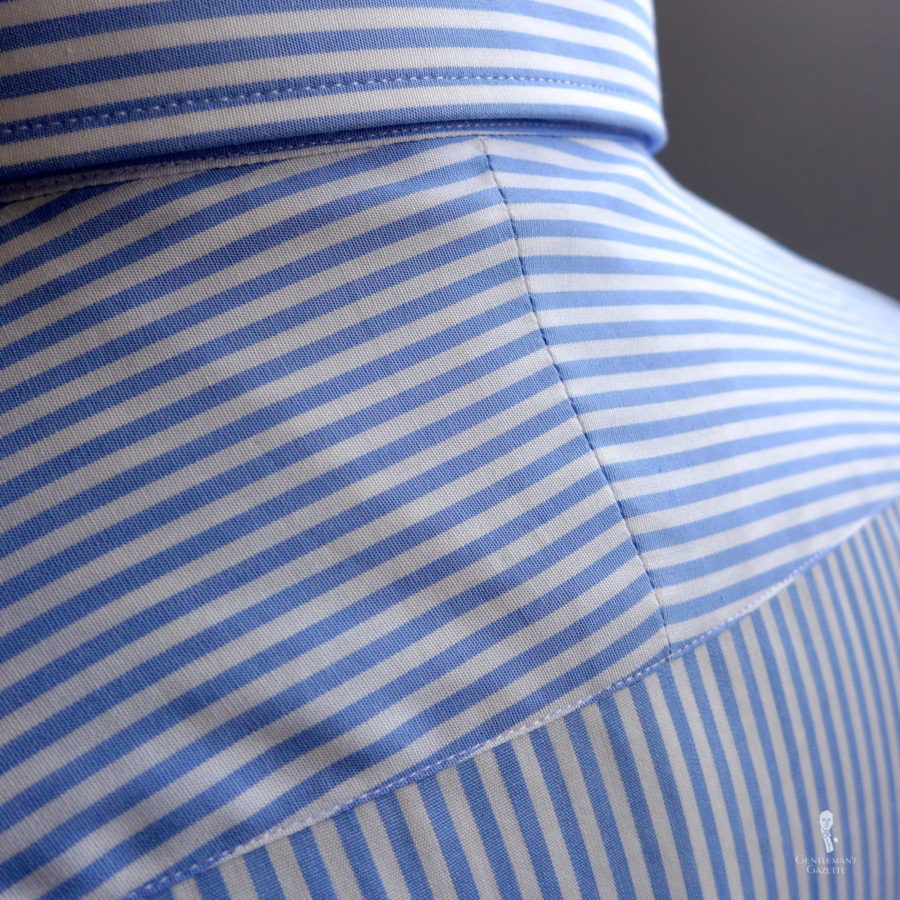
4. Yoke
The yoke is the back top part of the shirt over the shoulders. Traditionally, they were split in half because people usually have one shoulder that is more sloped than the other and they use the left and right part to accommodate for that.
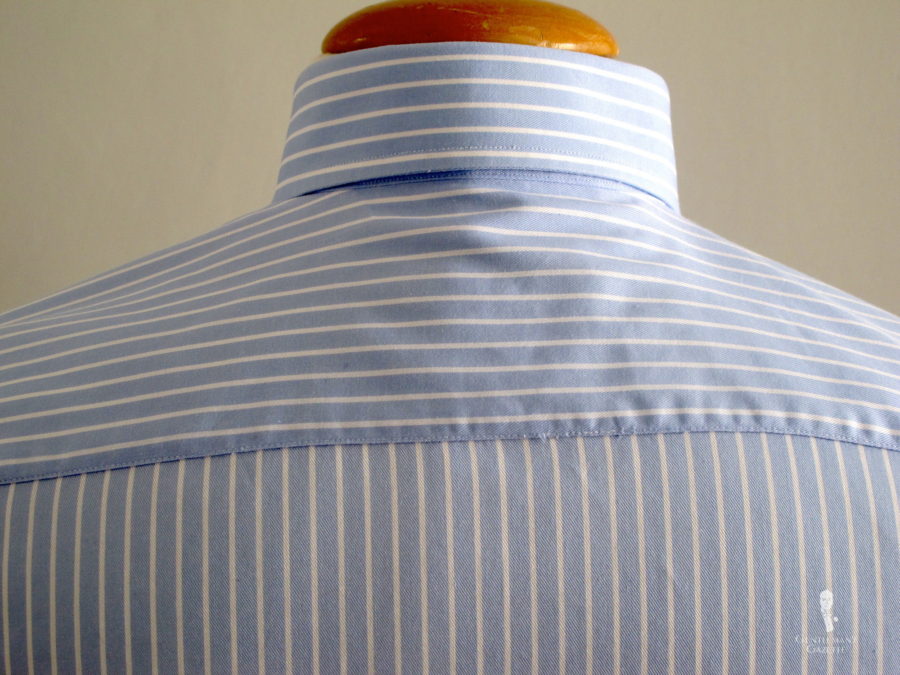
Today, most factory-made shirts and even made to measure shirts don't even take that into consideration anymore, even though a bespoke shirtmaker should. Off the rack, they will always be the same, and the split is not that important.
All you can look at is the yoke split in the back. If it is, that means the maker added an extra detail, and it's more expensive to produce, especially when it is matched. Usually, this extra effort and cost will only be warranted if the rest of the shirt is good too.
Having a split yoke can also help to match the pattern on the sleeve. Are their quality off the rack shirts in the $200 range without a split yoke? Yes, but there are usually no cheap shirts with a split back yoke and matched patterns.
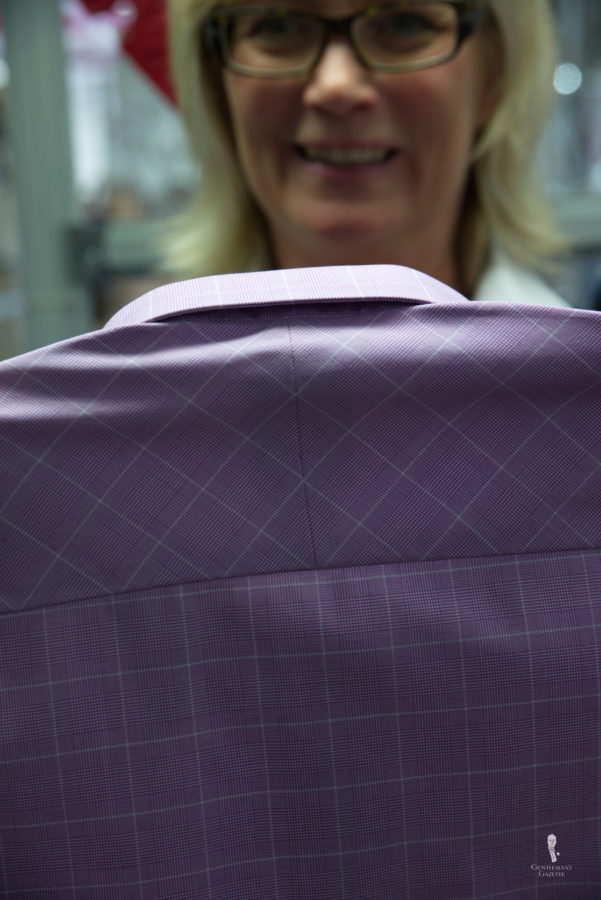
4. Buttons
Mother-pearl-buttons are the gold standard for quality dress shirts, whereas a $30 shirt will likely have plastic buttons and they're sometimes made to look like mother of pearl. In Britain, these shell buttons were traditionally thin, and a little larger, whereas many shirtmakers in Italy and elsewhere seem to be engaging in a search for the thickest mother-of-pearl buttons they can find.
Generally, the thicker a mother-of-pearl button is, the rarer it is and the more expensive it gets. The thickest I have ever seen are 5mm, but 4mm is very thick too. So if you see these big MOP buttons, you know it is likely a more expensive shirt. Does it also mean these buttons are superior?
It depends: On the one hand, they are less likely to break, but on the other hand they are only suited to be worn with a tie, bow tie or ascot because if you wear a sweater on top of them or a knit vest, you can see the raised buttons, and that looks bad. So if you wear knitwear on top of your shirts, look for thinner buttons.
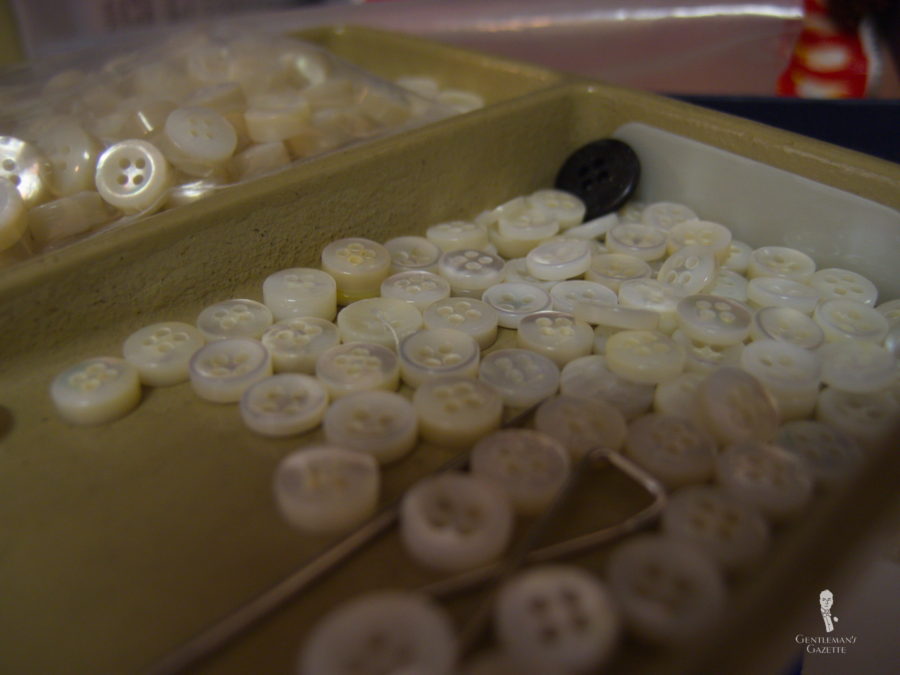
How can you determine whether something is plastic or real mother of pearl?
- First, you can touch the button with something metal such as an iron or a key, and it will make a special sound. On a plastic button, it will sound less metallic. You can also touch it with your teeth, and it will make a much more metallic sound with the mother of pearl button.
- An even better way to determine it is to simply use your tongue and touch the button if it feels cold, you know it's a mother of pearl button. If it's not cold, you know it's a plastic button. You may be the weird guy licking buttons but at least you know it's a quality shirt ;).
Mother of pearl buttons are the standard for medium and higher-end shirts, and if you see that, chances are it's of good quality. For casual shirts, you can sometimes also find corozo buttons or horn buttons, that's okay too. But for dress shirts, mother of pearl is a standard.
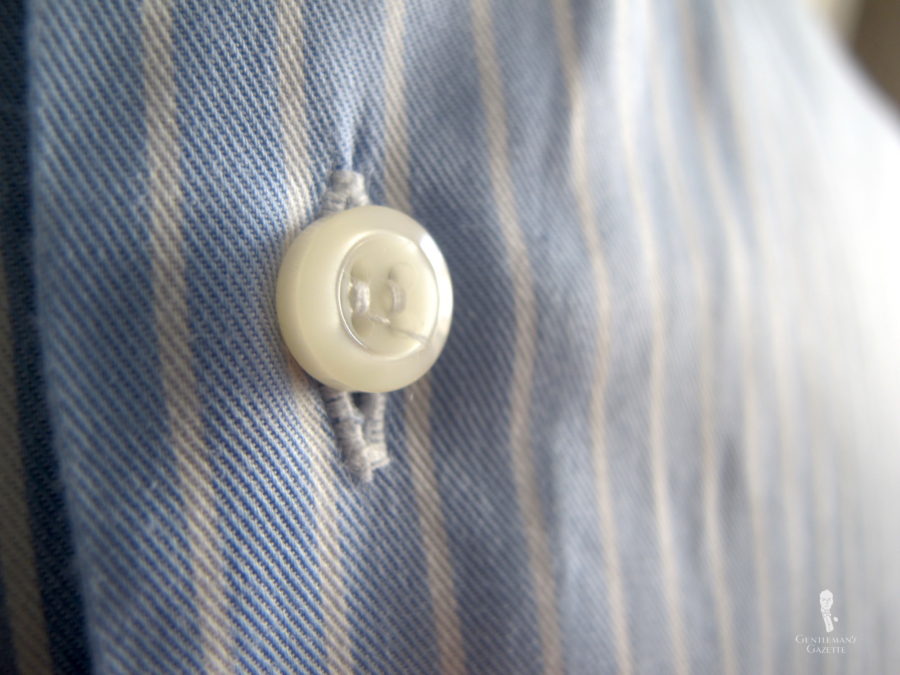
Shank or No Shank
The next detail to look at is how the button is sewn onto the shirt. A quality shirt has a little shank around the base which creates a little more space so when you button your shirt especially the front, there is no puckering or pleating around the buttonhole, and it just looks neat. On the other hand, a cheaper way to sew a button is fully by machine without the so-called Ascolite thread, and you will not see a shank and the button is more likely to come off and you will see some puckering.
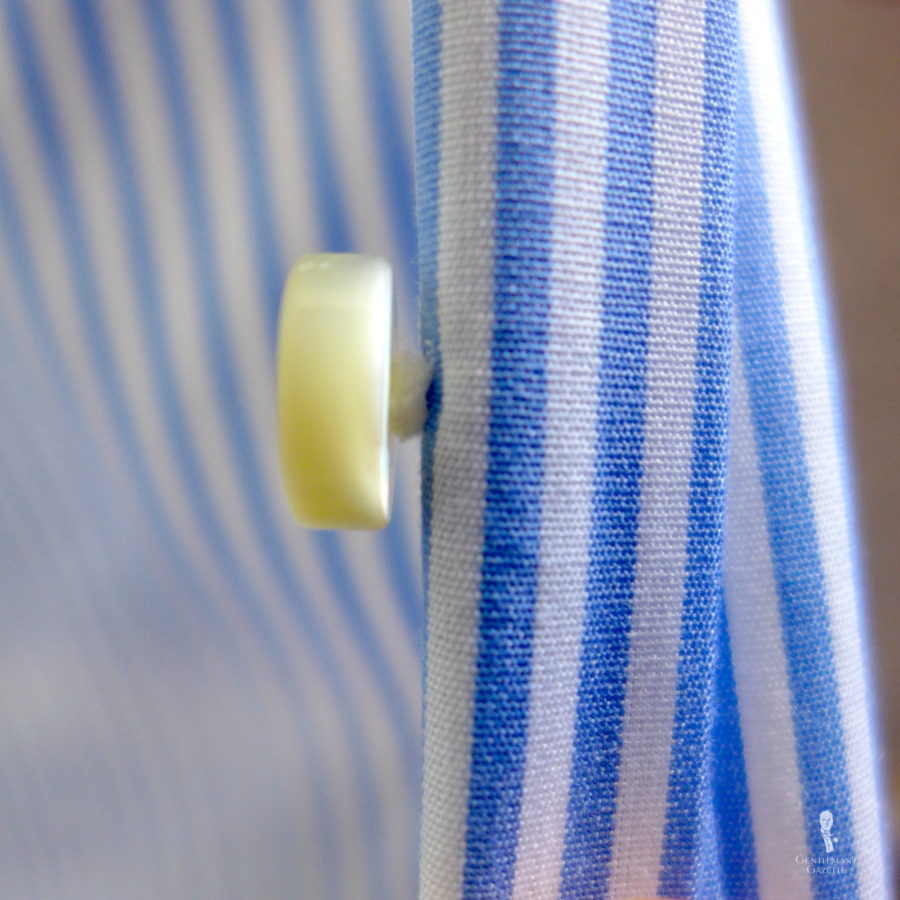
A Swiss company called Ascolite came up with the idea to create a button that creates a shank but you can sew it on by machine, and the button will never come off under normal wear. Personally, I've seen how it is done, it's wonderful, and it works, the buttons do not come off. You don't get the puckering, the button stays on, and it's simply marvelous. If you've got a bespoke shirt, often, they sew on the button by hand which is fine too, but if you can find ascolite threads, that's great. Usually, that's advertised on a shirt but not always.
5. Sleeves & Armholes
Most of the time, relatively inexpensive shirts or low-end shirts have huge armholes, and that makes them uncomfortable to wear because as soon as you lift your arms, your shirt moves up, gets untucked and it pulls on your arms thus making you uncomfortable.
On the other hand, a higher end shirt usually has a smaller armhole because it allows for more comfort. So if you see a smaller armhole, you know somebody thought about the cut and the design when they made the shirts. With lower end shirts, the only goal is to create a size that fits as many people as possible. They usually do not think about the best cut and comfort of the shirt.
So, in general, big armholes are an indicator of lower quality.
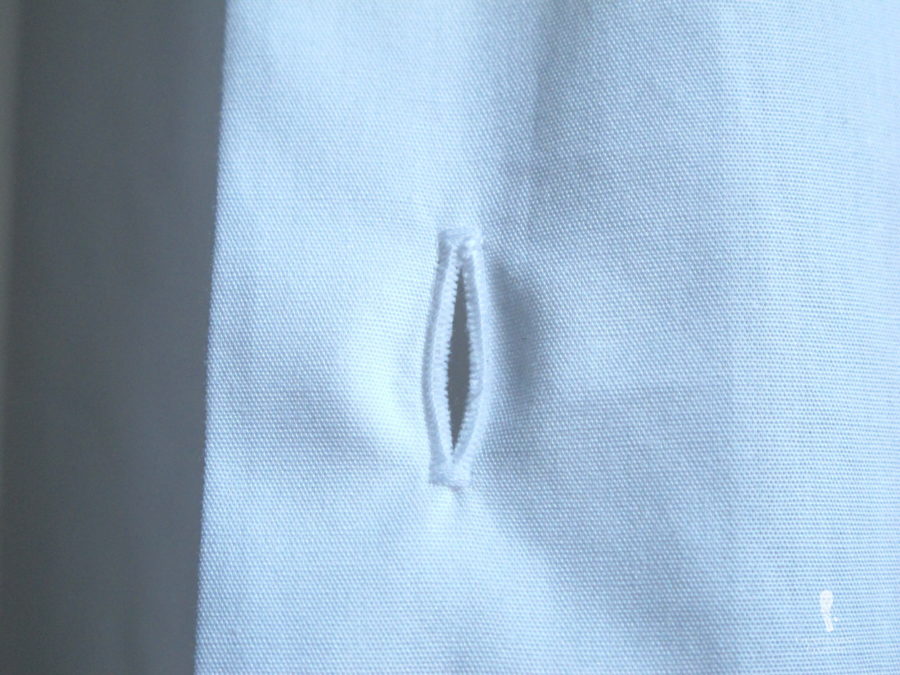
6. Machine-Sewn vs. Hand-Sewn Buttonholes
If you have a machine buttonhole that was first sewn and then cut, you have fraying edges on the inside, and it just looks bad. On the other hand, a high-quality machine sewn buttonhole has a very high stitch density, and you will not find fraying threads because it was cut first and then sewn.
If you see a low stitch density and fraying threads, it is likely a lower end shirt. Even most quality dress shirts have machine made buttonholes, but they look neat and have a high stitch density.
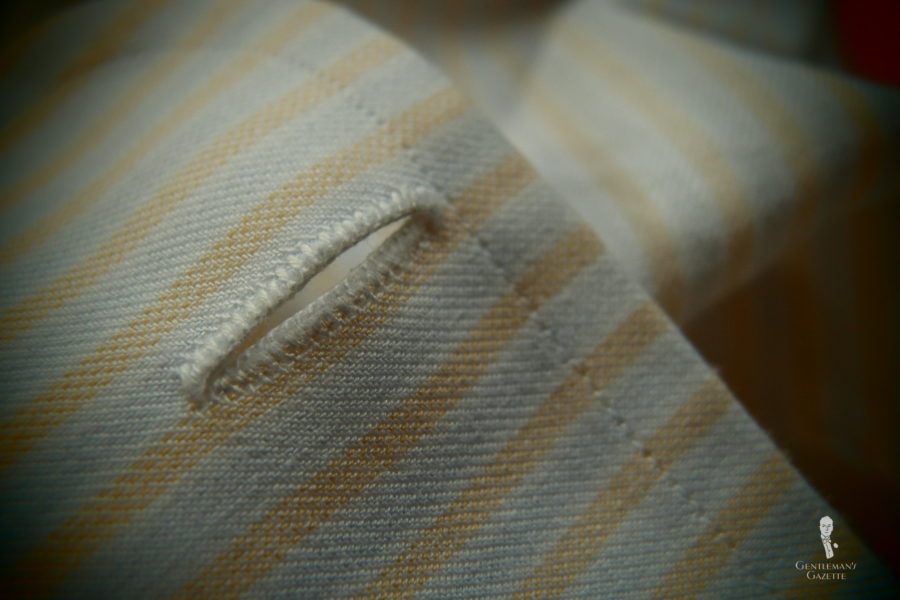
The creme de la creme of shirts is a hand-stitched buttonhole. You can tell it's hand-stitched by its slight irregularity and it's simply a beautiful work of art. Because it takes a lot of time and it's very expensive, you only find those at very high-end shirts. If you find a shirt with handmade buttonholes, you know the rest is going to be great as well.
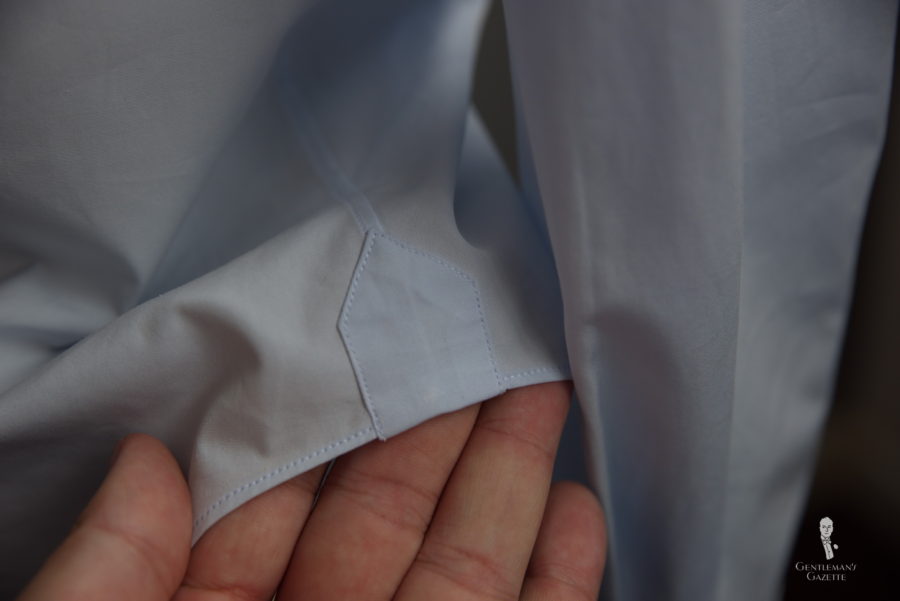
7. Gussets Are Not A Quality Hallmark
Sometimes people say that the little gussets which are the little triangles or parts in between your side seams are a hallmark of quality. I found they're not really because you can find very expensive shirts for $600 that don't have them as well as very low-end shirts that don't have them. Usually, you'll find them in the mid-range of around $150-$200. Ultimately, they are not an absolute indicator of quality.

Conclusion
Now that you know the seven areas to look for in a shirt, it should be much easier for you to determine a quality shirt from a bad one and you can determine if the price is reasonable or not. To learn more about dress shirts, please take a look at our dress shirt guide here.
Source: https://www.gentlemansgazette.com/30-vs-300-dress-shirt-quality/
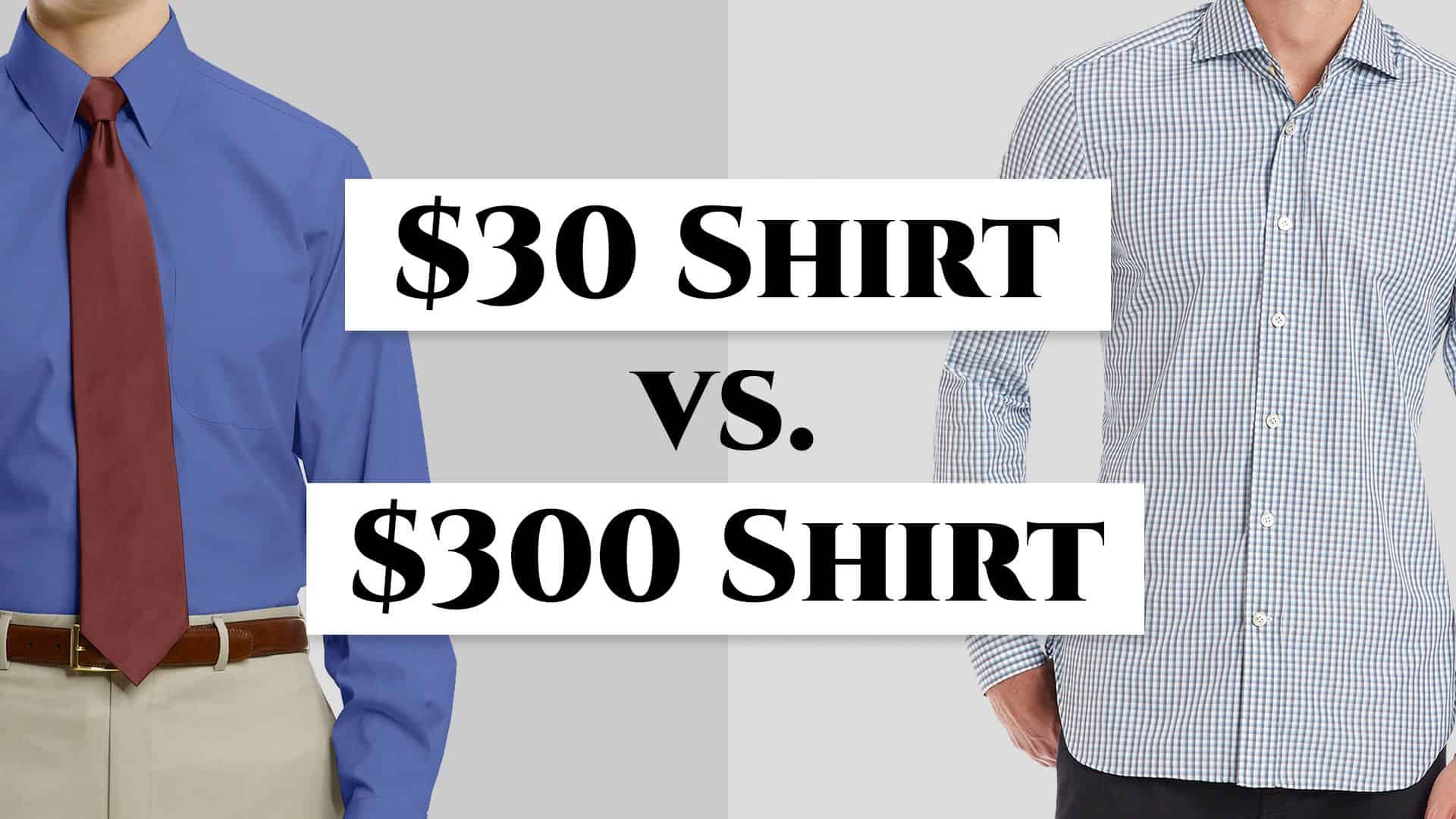
0 Response to "How Much Does a White Dress Shirt Cost"
Post a Comment